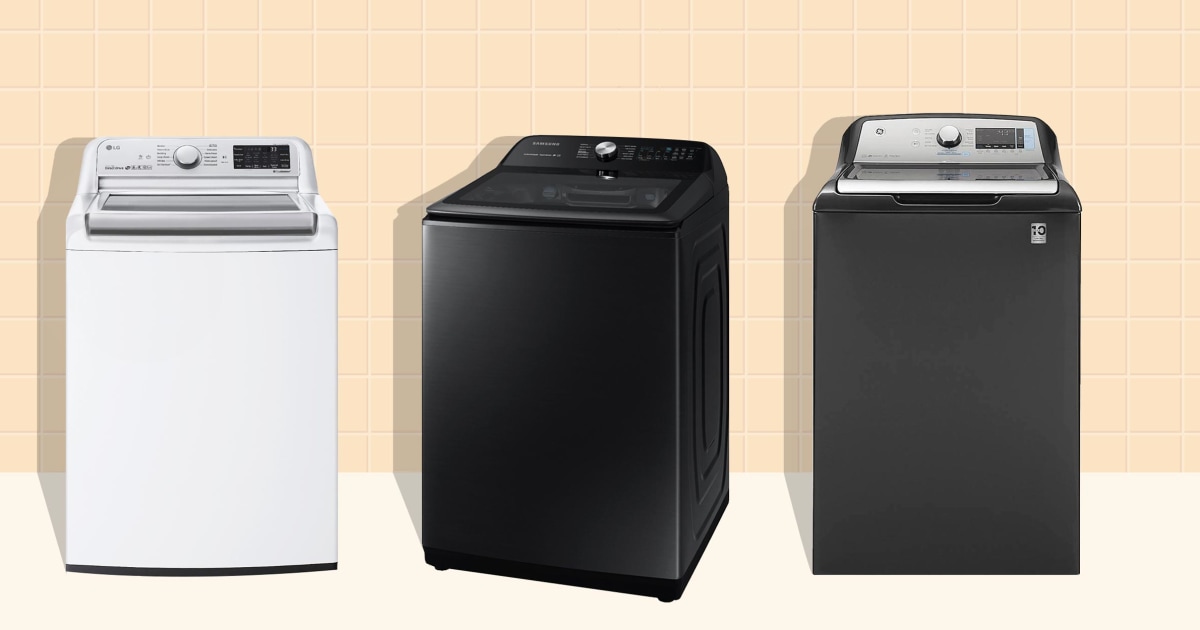


Then, brush each side of the pan with a stiff bristle brush while flushing with running water. If the Filter-Flo pan gets clogged with mineral deposits, you can soak it in a pre-heated 160 degree F solution of half vinegar and half water for 15 minutes. Water is circulated through the pan during wash and rinse cycles to entrap lint, hair, etc., and prevent these particles from being re-deposited on the clothes.Īt the end of the final rinse, you remove the lint from the pan and discard it. The Filter-Flo pan sits on top of the agitator and features very fine holes to entrap particles as tiny as sand. The Permanent Press cycle had the Spray Rinse at the end of the first spin and the fill continued into the first deep water rinse fill.įilter-Flo System (exclusive to GE). When in the Normal cycle, the Spray Rinse was dispensed in the middle of the spin and lasted 30 seconds. Rinsed the lint from the tub wall and into the drain water.Ĭhanged soap suds into a liquid for easy discharge. The Spray Rinse water entering the tub did 2 things: (The Spray Rinse sprays in the same direction as the filter.) When in the Permanent Press cycle, the cold Fresh Water Spray Rinse provides a cool down to help prevent the setting of wrinkles in clothing. The Spray Rinse water entering the filter ring did 3 things:ĭislodged the lint, allowing the centrifugal forces to transfer it to the outer tub.Īcted as a Fresh Water initial rinse to the clothes. This water was dispersed between both the filter ring and the outer tub. Here is some information on the operation of the self-clean filtering ring flushing and Fresh Water Spray Rinse:ĭuring the first spin of both the Normal and Permanent Press cycles, a cold Fresh Water Spray Rinse was discharged from the fill nozzle. (On the contrary, with the design of the Filter-Flo system, the lint is caused to ball up for easy hand removal.) Also, the design of the self-clean filtering ring allowed for the lint to be dispersed around the filter so it did not ball up which allowed the lint to biodegrade easily. Lint discharge from the washer with a self-clean filtering ring did not cause a problem with septic tanks because most lint is produced from cotton fabrics which are biodegradable and septic tanks are designed to handle these fibers. A powerful flushing action clears the 4,912 tiny perforations in the ring, carrying lint down to the pump and out the drain. The wash and rinse water is constantly filtered and the spray rinse at the end of the wash and rinse cycles does the cleaning. For service, please schedule an appointment with GE Appliances Factory Service.ġ994 GE and 1994 and earlier Hotpoint models:Ī self-clean filtering ring with over four linear feet of filtering surface was featured in these models. However, if rubber backing from a throw rug or something similar clogs the drain, service will be required. These filters should never require cleaning or replacement. Water flows through the filters from the bottom of the tub, accumulating any lint on the bottom of the filter screens.ĭuring drain down and spin, the water forces the lint off the bottom of the filters and down the drain. There are 2 crescent-shaped Fine Mesh plastic lint filters in the bottom of the wash basket under the agitator. There is no maintenance required on this system, so there is not a way to access the pump for cleaning or maintenance.Įxception: Spacemaker Washer - Cleaning Lint / Pump Filter The drain system allows water to flow through the basket and out the bottom of the tub pulling lint, hair and small particles with the water. The Fine Mesh filters were removed from under the agitator when it was found that a better pump and larger holes in the hub under the agitator did a better job of removing lint and preventing clogs in the drain system. The following is a description of the most recent systems: GE Appliances has made use of several washer lint filtering systems over the years.


 0 kommentar(er)
0 kommentar(er)
